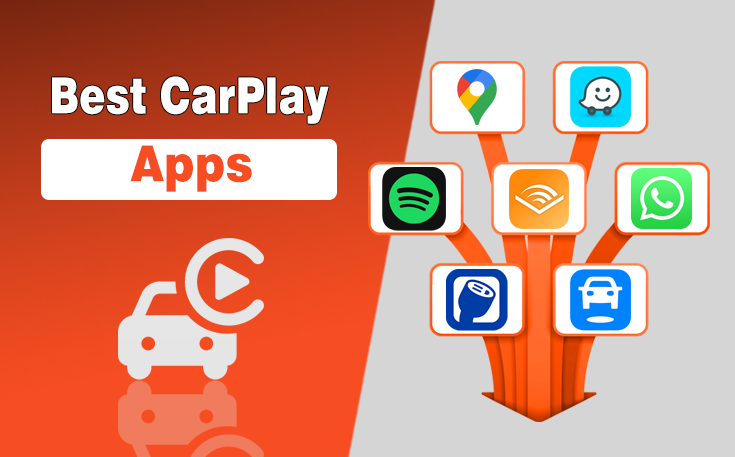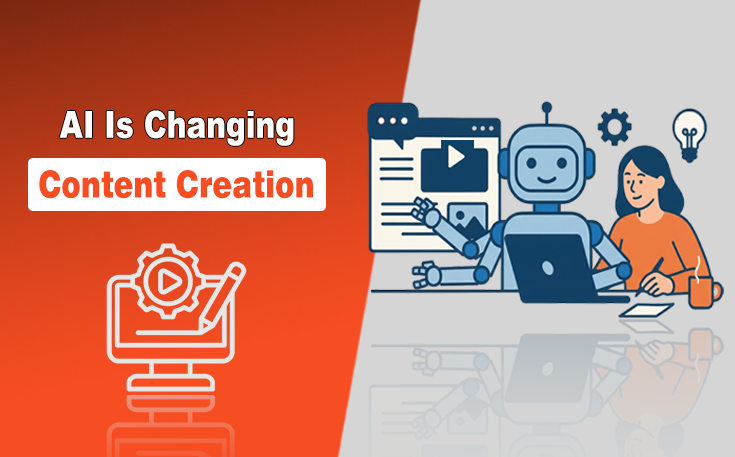Imagine trying to monitor your Google search rankings for hundreds of keywords daily without a Google scraper API. You’d be up all night, copy-pasting into spreadsheets, dealing with CAPTCHAs, and trying to make sense of messy results.
Now imagine getting that same data delivered to you, clean and structured, automatically every morning. No effort, no stress, no late nights. That’s the power of automating search data collection with the right tools, specifically a scraper API.
In this article, I will explore how you can streamline your search data collection using scraper APIs, what insights you can uncover, and how this can easily fit into your existing analytics stack.
Let’s start!
Why Search Data Still Matters (More Than Ever)
Search engine results are more than just a list of links. They’re a window into what people care about, what’s trending, what’s selling, and who’s dominating the conversation. Businesses across industries rely on search data to:
- Track SEO rankings and performance
- Monitor paid ad visibility
- Spy on competitor strategy
- Analyze consumer intent
- Gauge brand perception and sentiment
However, doing this manually is inefficient, inaccurate, and frustrating. Even with browser plugins or third-party tools, you’re often still stuck with outdated data, blocked queries, or limited customization. That’s why more and more teams are turning to an automated Google scraper API specifically designed to scrape search engine results.

What Is a Search Scraper API?
A search scraper API is a tool that automates the process of retrieving search engine results and delivers them in a structured format like JSON or HTML.
Imagine it as a highly specialized courier. It goes out, fetches exactly what you asked for from search engines like Google or Bing, and hands it back to you, neatly packaged.
For example, let’s say you want to track the keyword “best electric bikes 2025.” A Google scraper API will:
- Query Google for that term
- Retrieve the top organic results, paid ads, featured snippets, “People also ask” sections, and more.
- Deliver it to you in a structured file you can plug directly into your analytics or reporting tools
And the best part? You don’t need to worry about IP bans, captchas, or formatting issues. Good APIs handle that behind the scenes with features like automatic rotation, user-agent switching, and anti-detection techniques.
What Can You Collect Automatically?
A surprising amount of rich, actionable data is available through these tools. Some of the most common and valuable data points include:
Keyword Rankings
You can monitor how your site, or your competitors’, ranks for specific keywords over time. This helps track SEO performance, spot drops, and identify quick wins.
Search Trends and Suggestions
Need content ideas or insight into consumer behavior? Use the API to pull “related searches,” “People also ask,” and autocomplete suggestions.
Ad Visibility and Competitor Targeting
Who’s bidding on which keywords? Where do their ads appear in the SERPs? What messaging are they using? You can track all of this and more.
SERP Features
Capture everything from image carousels to video snippets, local packs, and shopping ads. These often push down organic results, and tracking them helps you understand visibility loss.
Geo-Specific Results
Location-based scraping is fully supported if you want to monitor how your brand appears in Los Angeles versus London or track local competitors.
Integrating Search APIs into Your Workflow
Okay, so the data is valuable. But how do you actually use it? Surprisingly, setting up a Google scraper API is often easier than expected, especially if you’re already using analytics tools or working with a dev team.
Here’s a simple breakdown:
Choose a Provider
Look for one with:
- Reliable uptime
- Real-time scraping
- Geolocation options
- Rich data types (ads, maps, snippets, etc.)
- Transparent pricing
Get API Credentials
Sign up, get your API key, and test a few queries. Most providers offer a free trial or demo credits.
Define Your Parameters
Choose:
- Keywords you want to track
- Search engine (e.g., Google, Bing)
- Device type (desktop vs. mobile)
- Location (country, region, or city)
- Language and domain (google.com vs. google.de)
Connect to Your Stack
This is where automation comes in. You can:
- Use Python or Node.js scripts to make API calls
- Connect to Google Sheets using scripts or Zapier
- Feed data into BI dashboards like Looker, Power BI, or Tableau
- Push to a database (like MySQL or Firebase) for internal tools
Automate the Entire Flow
Use cron jobs or cloud-based functions to schedule your pulls daily or weekly. That way, data arrives like clockwork—no clicks required.
The Real Benefits of Search Automation
Once you’ve set things up for automating search data collection, you will enjoy benefits like:
Time Savings
No more logging into different tools, running searches manually, or wrangling spreadsheets. Let the data come to you.
Scalability
The process remains the same whether you’re tracking 50 or 5,000 keywords. Just expand your queries.
Reliability
APIs don’t forget. They don’t skip keywords or accidentally hit “Backspace.” You get consistent, clean data every time.
Speed of Insight
React quickly to ranking drops, competitor changes, or new ad entrants with real-time monitoring.
Cost Efficiency
Avoid hiring scraping experts or building complex infrastructure in-house. APIs let you rent the power you need—when you need it.
But What About Google’s Rules?
It’s a fair question. While Google discourages scraping, search APIs simulate user queries and read-only publicly available data.
Still, it’s essential to:
- Choose ethical providers with a compliance-first approach
- Avoid scraping sensitive or private data
- Respect query rate limits and only extract data you have a business case for
Think of it like web indexing, Google crawls your site to create value; you’re doing the same to understand what your customers are seeing.
Summing Up – From Manual to Magical
If you’re still tracking search performance manually, you’re wasting valuable time and missing the bigger picture. A Google scraper API offers a faster, smarter, and more scalable way to gather insights, without lifting a finger after setup.
Whether you’re a solo operator or part of a growing team, the move to automating search data collection isn’t just a time-saver. It’s a competitive edge. So go ahead and trade the late nights and manual logs for clean, instant search data that works while you sleep. The results will speak for themselves.
Need custom app with amazing features?
Get a Quote




